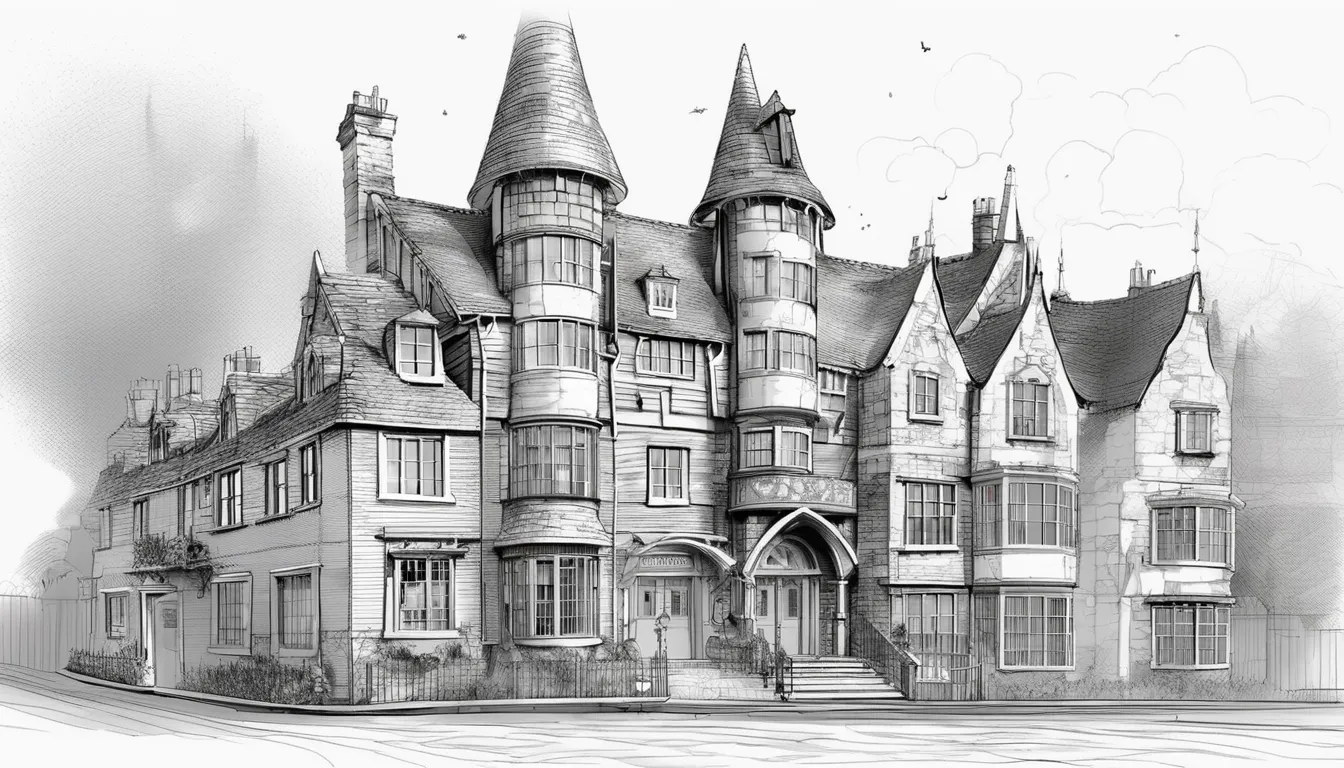
Crafting Dreams The Art and Science of Animation Studios
As you step into the world of animation studios, you’re met with a blend of artistic vision and cutting-edge technology that brings captivating stories to life. You can’t help but wonder what goes on behind the scenes to create these immersive experiences. From the evolution of animation techniques to the innovative use of technology, it’s a complex process that requires collaboration, creativity, and attention to detail. But what drives the success of these studios, and how do they continue to push the boundaries of storytelling? The journey to crafting dreams is about to unfold, starting with the art of storytelling.
The Evolution of Animation Techniques
As you look back on the history of animation, it’s clear that techniques have undergone significant transformations over the years.
In the early days, traditional hand-drawn animation dominated the scene. Artists painstakingly drew each frame, often resulting in a labor-intensive and time-consuming process.
This method required immense skill and attention to detail, but it also allowed for a unique, personal touch that many still appreciate today.
The advent of computer-generated imagery (CGI) revolutionized the industry.
With the introduction of software like Pixar’s Marionette and Disney’s Meander, animators could now create complex scenes with greater ease and precision.
CGI enabled studios to produce high-quality animations faster and more efficiently, paving the way for modern classics like Toy Story and Frozen.
Today, animation techniques continue to evolve with advancements in technology.
The use of motion capture, 3D printing, and virtual reality are just a few examples of the innovative methods being explored.
As you explore the world of animation, it’s exciting to think about what the future may hold for this ever-changing art form.
Storytelling in Animated Films
The evolution of animation techniques has greatly impacted the way studios bring stories to life. As you delve into the world of animated films, you’ll notice that storytelling is an essential element that sets them apart. A well-crafted narrative can evoke emotions, convey complex ideas, and leave a lasting impression on the audience.
| Story Element | Importance | Example |
|---|---|---|
| Character Development | Establishes emotional connection | Woody’s transformation in Toy Story |
| Pacing | Controls the flow of the story | The suspenseful chase scenes in Zootopia |
| Thematic Resonance | Conveys the story’s message | The circle of life in The Lion King |
| World-Building | Immerses the audience in the story | The fantastical world of Spirited Away |
| Emotional Resonance | Evokes feelings in the audience | The heart-wrenching goodbye in Inside Out |
When you watch an animated film, you’re not just passively consuming visual information – you’re actively engaging with the story. The best animated films use a combination of these story elements to create a rich, immersive experience that lingers long after the credits roll.
The Role of Technology
You’re witnessing a revolution in TV graphics production , with technology pushing the boundaries of what’s possible in storytelling. From 2D to 3D, and now virtual reality, you’re seeing animation studios harness the power of innovation to create immersive experiences.
Software like Autodesk Maya and Blender enables artists to bring their visions to life with precision and speed.
You’re benefiting from advancements in computer processing power, allowing for faster rendering and more complex simulations.
Motion capture technology lets you capture nuanced performances from actors, adding depth to animated characters. Facial recognition and machine learning algorithms help create realistic character expressions and behaviors.
The use of artificial intelligence in animation is also on the rise, automating repetitive tasks and freeing up artists to focus on creative decisions.
As you explore the world of animation, you’ll find that technology is constantly evolving.
You’ll see the lines between reality and fantasy blur, as studios push the limits of what’s possible. With technology at their fingertips, animators can now craft dreams that are more vivid, more realistic, and more captivating than ever before.
Collaboration and Teamwork
Behind every successful animation studio is a well-oiled machine of collaboration and teamwork. You’re probably wondering how these studios manage to bring together so many talented individuals and have them work seamlessly towards a common goal.
The answer lies in the way they approach collaboration and teamwork. It’s not just about having a group of talented people in one room; it’s about creating an environment that fosters open communication, creativity, and mutual respect.
As you delve deeper into the world of animation studios, you’ll notice that collaboration and teamwork aren’t limited to specific departments. Everyone, from writers to animators, directors to producers, works together to bring a project to life.
This cross-functional approach ensures that every aspect of the project is carefully considered and refined. By working together, team members can share their expertise, learn from each other, and develop innovative solutions to complex problems.
This collaborative approach not only leads to better storytelling but also creates a more enjoyable and productive work environment.
Bringing Characters to Life
Character development is a crucial aspect of creating believable and relatable animation. As you work on bringing your characters to life, consider what makes them unique and relatable. What’re their motivations, desires, and fears? How do they interact with others? Developing a deep understanding of your characters will help you create authentic performances that resonate with your audience.
When designing your characters, think about their physical appearance and how it reflects their personality. Do they’ve any distinctive features or quirks?
How do they move and interact with their environment? You’ll also want to consider their backstory and how it shapes who they’re today. By creating rich, multidimensional characters, you’ll be able to craft stories that are engaging, emotional, and memorable.
As you bring your characters to life, remember to balance consistency with flexibility. Your characters should feel consistent in their actions and behaviors, but also have room to grow and evolve over time. By striking this balance, you’ll create characters that feel real and relatable, and will leave a lasting impression on your audience.
Conclusion
You’ve seen the evolution of animation techniques, from hand-drawn to computer-generated. You’ve explored the art of storytelling in animated films and the role of technology in bringing those stories to life. Effective collaboration and teamwork have refined every aspect of the project. Now, you’ve witnessed how characters are brought to life. As you walk away, remember that animation studios are where dreams are crafted, and the boundaries of imagination are pushed, inspiring and enchanting audiences worldwide.
